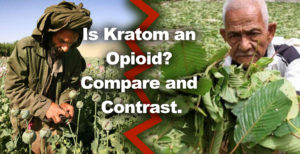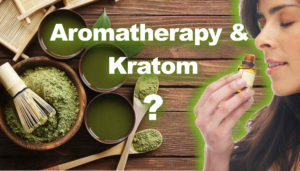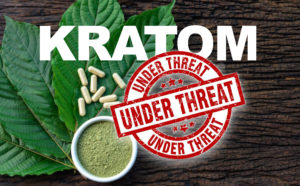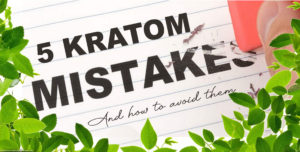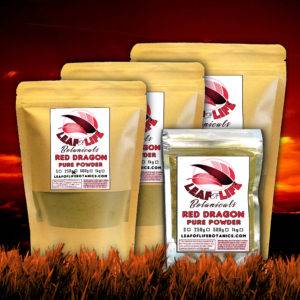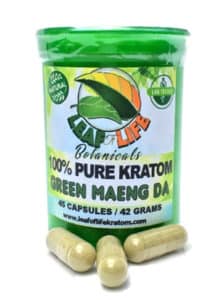You know that kratom is a plant in the coffee family (though it contains no caffeine). Its botanical name is Mitragyna speciosa. It’s unique in the vegetable kingdom, with special qualities and effects that no other plant provides. This makes it similar to cannabis, in that there is nothing else quite like it.
But is kratom technically an herb?
In addition to “herb” being used colloquially as a term meaning cannabis, the precise use of the word “herb” is specified by dictionaries.
Merriam-Webster states:
QUOTE
herb 1. (in botany) : a seed-producing annual, biennial, or perennial plant, that does not develop persistent woody tissue, but dies down at the end of a growing season.
herb 2. (common usage) : a plant or plant part valued for its medicinal, savory, or aromatic qualities.
END QUOTE
According to this definition, kratom definitely fits into the category of herb.
Let’s look at a few other definitions of herb now.
Wikipedia explains “herb” and I’ll quote a big chunk of the article.
QUOTE
Ancient Greek philosopher Theophrastus divided the plant world into trees, shrubs, and herbs.
Herbs came to be considered in three groups, namely pot herbs (e.g. onions), sweet herbs (e.g. thyme), and salad herbs (e.g. wild celery).
During the seventeenth century as selective breeding changed the plant’s size and flavor away from the wild plant, pot herbs began to be referred to as vegetables, as they were no longer considered only suitable for the pot.
Herbs have long been used as the basis of traditional Chinese herbal medicine, with usage dating as far back as the first century AD and far before. In India, the Ayurvedic medicinal system is based on herbs. Medicinal use of herbs in Western cultures has its roots in the school of Hippocrates, the father of modern medicine (Greek) elemental healing system, based on a quaternary elemental healing metaphor.
Another sense of the term herb can refer to a much larger range of plants, with culinary, therapeutic, or other uses.
For example, some of the most commonly described herbs such as sage, rosemary, and lavender would be excluded from the botanical definition of an herb as they do not die down each year, and they possess woody stems.
In the wider sense, herbs may be herbaceous perennials but also trees, subshrubs, shrubs, annuals, lianas, ferns, mosses, algae, lichens, and fungi.
Herbalism can utilize not just stems and leaves but also fruit, roots, bark, and gums. Therefore, one suggested definition of an herb is a plant that is of use to humans, although this definition is problematic and too broad since it could cover a great many plants that are not commonly described as herbs.
Famous herbalists of the Western tradition include Avicenna (Persian), Galen (Roman), Paracelsus (German Swiss), Culpepper (English), and the botanically inclined Eclectic physicians of 19th century/early 20th century America John Milton Scudder, Harvey Wickes Felter, and John Uri Lloyd.
Modern pharmaceuticals have their origins in herbal medicines, and to this day, some drugs are still extracted as fractionate/isolate compounds from raw herbs and then purified to meet pharmaceutical standards.
END QUOTE
So we see that “herb” as a term has a long and distinguished history. It depends on the point of view, whether to call a plant an “herb” or not. Not worth arguing about endlessly, but feel good about calling kratom an herb, because that’s correct.
The more we learn about our beloved kratom, the more wonderful it seems. And lab studies are confirming what Southeast Asians have known for many generations.






